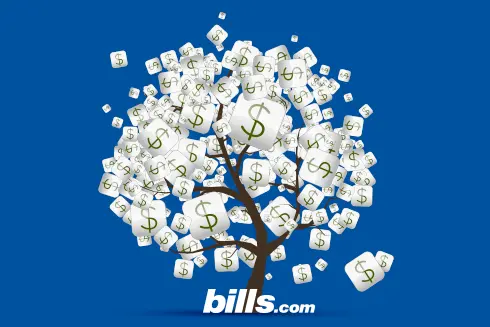Advice on paying off credit cards as opposed to saving

Get rid of your debt faster with debt relief
Choose your debt amount
Or speak to a debt consultant 844-731-0836
Should I save or try to pay off my credit cards?
Should I save or try to pay off my credit cards? credit card debt 7,000.00. My savings 3,500.00
The answer really depends on the interest rates you are currently charged on your credit cards.
You should evaluate the relative rates on your credit cards vs. what you earn on your savings account. If you earn (after tax) a higher rate on your savings than you pay in interest (& ALL fees on your cards), then keep the interest. That is a very unlikely scenario, though, unless you are in a teaser or 0% interest period on your credit cards.
If your cards' interest rates are really high, then I would recommend that you pay of the high interest credit card debt, but that does not mean that you spend all of your savings.
It is always good to have a rainy day fund for emergencies; otherwise, you will end up using credit cards again during the time of your need. Once you do pay off the credit cards, make sure to cut off the cards that you don't need and keep only one card for emergencies. Get out of the habit of using credit cards and start using either cash or bank debit cards for your spending.
I also think that one should always follow a budget. If you want to learn how to budget your household finances, steer clear of debt, and do not get caught up in the debt epidemic currently affecting the U.S. You need the complete Bills.com Free Personal Household Budget and Finance Educational Guide
I hope the information helps you Find. Learn. Save.
Best,
Bill
www.bills.com

Get rid of your debt faster with debt relief
Take the first step towards a debt-free life with personalized debt reduction strategies.
Choose your debt amount
Or speak to a debt consultant 844-731-0836